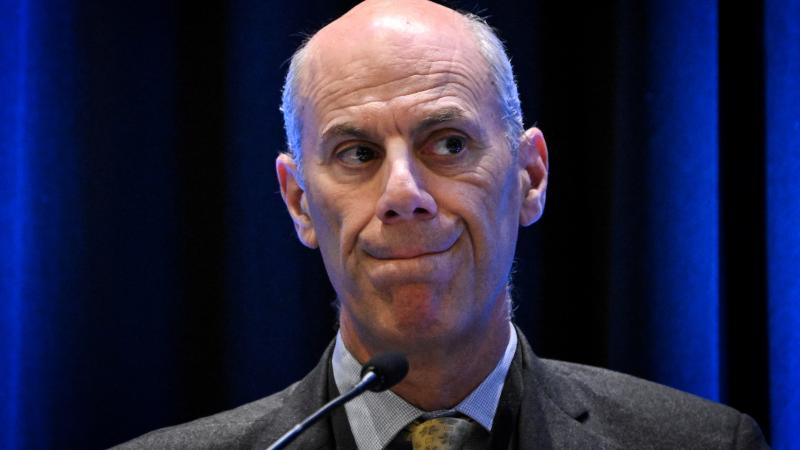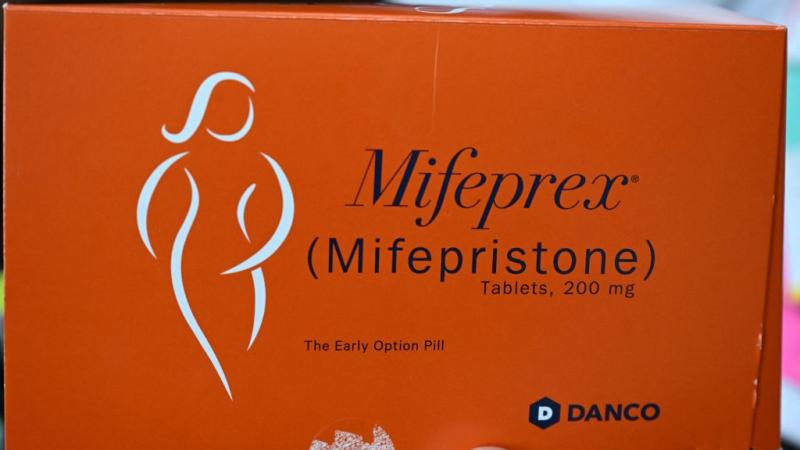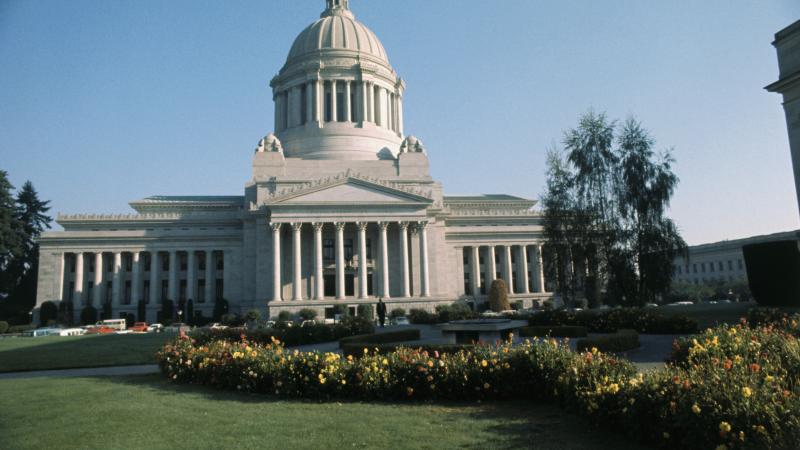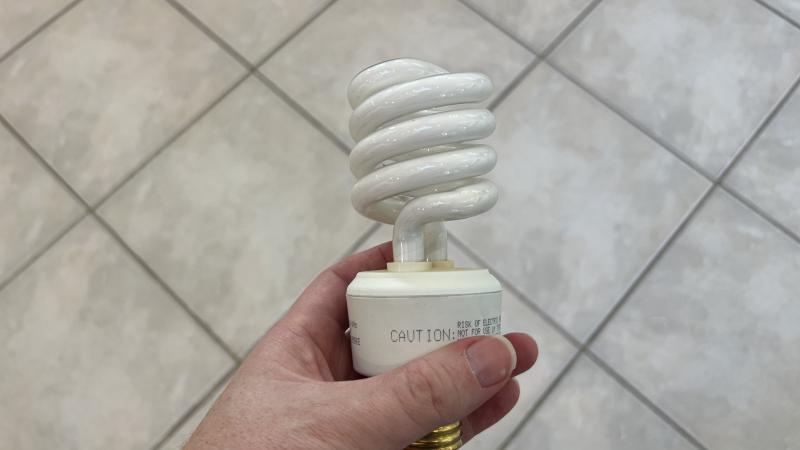In blistering report, Senate panel says Secret Service could have prevented first Trump shooting
Homeland Security Committee reports agency knew of increased threats against Trump prior to July 13 tragedy.
A Senate investigation concluded Wednesday that the July 13 assassination attempt on former President Donald Trump in Pennsylvania was preventable and the result of sweeping failures by the Secret Service, some of which remain unaddressed.
In a stinging bipartisan rebuke, the Senate Homeland Security and Governmental Affairs Committee revealed that the Secret Service knew of increased threats against Trump, even sending a sniper for the first time to the July 13 event in Butler, Pa., but its agents on the ground were unaware of the threats and suffered from poor planning, poor communication, and even equipment failures.
“The Committee finds that USSS failures in planning, communications, security, and allocation of resources for the July 13, 2024 Butler rally were foreseeable, preventable, and directly related to the events resulting in the assassination attempt that day,” the committee reported.
“The Committee also finds that siloed communications and coordination problems between federal, state, and local law enforcement officials remain unaddressed and were a contributing factor to the failures at the July 13 Butler rally,” it added.
You can read the full report here:
The report detailed how an inexperienced Secret Service drone operator was on the phone with technical support trying to figure out how to operate a drone detection device as the assassination plot was unfolding.
It also noted that civilians and local law-enforcement both flagged the potential shooter, Thomas Matthew Crooks, ahead of time, and that local law-enforcement repeatedly had pressed the Secret Service to protect the rooftop where the shooter would take air at Trump, and strike him in the ear with a bullet.
Crooks “was able to fly a drone 200 yards from the site, use a rangefinder capable of gauging the distance to the former president less than an hour before he began speaking, and bring two explosive devices within proximity of the site of the rally,” the report noted.
“The United States Secret Service’s (USSS’) planning, communications, intelligence sharing, and related security failures in advance of and during July 13 directly contributed to Crooks’ ability to carry out the assassination attempt and kill and injure people in Butler, PA that day,” it added.
The report revealed that a USSS Counter Sniper Team Leader received text messages from a local sniper at approximately 5:45 pm "regarding an individual near the AGR building with a rangefinder looking toward the stage." The text messages he received included two photos of Crooks, whose identity was unknown at the time. He forwarded the information to USSS counter snipers in an email, which contained an error. The message said, "Kid learning around the building we are in" instead of, "Kid lurking around the building we are in."
One of the snipers who saw the email told the committee it was "worded vaguely" but they still searched the site for Crooks.
Among the alarming findings was that a Secret Service sniper saw local law-enforcement with guns drawn, heading toward the building where Crooks was about to shoot from, but did not alert the agents protecting Trump on the stage.
“Shortly before shots were fired, a USSS counter sniper saw local law enforcement running toward the AGR building with their guns drawn, but he did not alert former President Trump’s protective detail to remove him from the stage," the committee reported.
“The USSS counter sniper told the Committee that while seeing officers with their guns drawn ‘elevated’ the threat level, the thought to notify someone to get Trump off the stage ‘did not cross [his] mind.’"
Committee investigators interviewed the USSS Counter Sniper Team Leader and asked why he didn't relay real-time information over the radio or order agents not to let "the protectee" after Crooks was spotted.
"At that time we didn’t know what we were working with. Obviously, police are running towards a situation. That could be anything from a medical situation to potentially a man with a gun or some sort of violent situation," he said. "We didn’t know what we were having, and I didn’t have enough to go over the radio with the same exact communication of 'the police are working a situation at the three o’clock.' We know they’re working. What are they working on? We don’t know. We’re trying not to clog the radio."
The report also revealed that a Secret Service official was informed that “credible intelligence” of a threat existed prior to the rally, but "still wrote in a security planning document that there was 'no adverse intelligence' concerning the visit to Butler, PA."
The Secret Service last week issued its own report, blaming itself for failures and seeking more money for Congress to help it protect presidential candidates. The agency reviewed the Senate report and vowed to fix the issues it identified.
”The weight of our mission is not lost on us and in this hyperdynamic threat environment, the U.S. Secret Service cannot fail. Many of the insights gained from the Senate report align with the findings from our mission assurance review and are essential to ensuring that what happened on July 13 never happens again," U.S. Secret Service spokesman Anthony Guglielmi said Wednesday.













